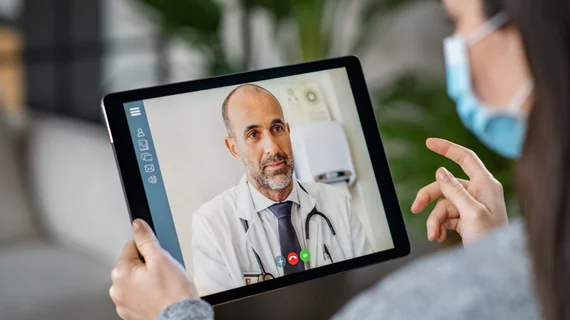Clinicians more likely to use telehealth when using shared inpatient-outpatient EHR
Implementing a shared inpatient-outpatient electronic health record (EHR) led to a substantial change in how patients with diabetes received follow-up care after leaving the hospital, according to new research published in the American Journal of Managed Care.
The study included more than 241,000 patients treated at one of 17 hospitals from 2005 to 2011. Implementation of the EHR was staggered, the authors noted, which provided “a stepped-wedge study design” for analyzing the impact of the updated EHR.
Overall, the shared EHR led to more patients receiving follow-up care through telehealth and outpatient laboratory tests instead of a traditional in-person visit. For example, follow-up with an in-person office visit within seven days of hospital discharge dropped from 55.9% to 50.5% after the introduced of the shared EHR.
This shift, the researchers noted, occurred with “no statistically significant differences” in the rates of ED visits or readmission rates after discharge.
“Together, these findings suggest that the timely availability of complete clinical information from using a shared inpatient-outpatient EHR after a hospital discharge in a setting with strong telemedicine access could shift the method of delivering follow-up care without adversely affecting patient health outcomes as measured by repeat ED visits or readmissions,” wrote lead author Mary Reed, DrPH, Kaiser Permanente Division of Research, and colleagues.
The full analysis is available here.

